Fragaria ‘Quinault’ Strawberry
$13.00
Genus:Fragaria
Species:x ananassa
Variety:’Quinault’
Item Form:Pack of 20
Zone:4 – 8
Bloom Start to End:Late Spring – Mid Summer;Fruit Color:Red
Habit:Compact
Height:12 in – 18 in
Width:24 in
Additional Characteristics:Berries,Edible
Bloom Color:White
Foliage Color:Dark Green;Harvest Season:Early Summer,Mid Summer
Light Requirements:Full Sun
Soil Tolerance:Normal, loamy,Sandy
Uses:Baskets,Containers,Cuisine,Outdoor
These are the biggest, softest, juiciest, most delectable strawberries you can find for fresh eating. ‘Quinault’ is “the” name for giant, delicious berries, and if you’ve got even one strawberry lover in the family, you owe it to them to grow this easy, high-yielding plant.
These Fragaria ‘Quinault’ Strawberries are a full 2 inches wide, with soft flesh and dessert-quality flavor. They’ve got everything I appreciate in homegrown strawberries—an intense fragrance, great color, and that succulent tenderness that no store-bought berry really equals.
Fragaria ‘Quinault’ Strawberry is an everbearing or “day-neutral” plant, so it will keep producing from late spring through summer—4 to 5 months of solid crops isn’t unusual. And it’s self-pollinating, which means you don’t have to grow a big field of these plants to get good yields. In fact, ‘Quinault’ is a great choice for pots (as well as the garden, of course), because it sets berries even in unrooted runners.
Reaching anywhere from 12 to 18 inches wide and spreading up to 2 feet wide in the garden, Fragaria ‘Quinault’ Strawberry is terrifically vigorous, thanks to its great resistance to many common strawberry diseases: leaf scorch, leaf spot, and root rot. It’s the perfect combination—huge fruit size, unbeatable flavor, and heavy yields.
Among the best fruit crops for the home gardener, strawberries ask only fertile, well-drained soil in full sun. They offer years of tasty fruit, renewing themselves from the runners they produce. Set plants 2½ feet apart. They will set ¾-inch white blooms a few weeks later, followed by fruit about 4 to 5 weeks later.
Replace this crop about every 2 years to keep up the yields. Everbearing varieties flower and bear fruit over about a 5 month time frame, although the spring and fall months tend to be heavier, particularly in warm climates. They do best in the Northern U.S., and are a great choice for the higher elevations in the South.
Your order will include 20 young bare root plant starts.
| Weight | 1 kg |
|---|---|
| Dimensions | 1 × 1 × 1 cm |
Shipping Time
Shipping is an additional 15-35 business days depending on location. Shipping time will be provided at checkout.
Returns
If seeds fail to leave China, we will refund your payment 100%. But if seeds fail to reach you due to customs problem on your side which we were not informed in advance, we will not be able to bear any loss, and no refund will be made.
We sell only viable plants seeds online, and test germination of our seeds from time to time. So we will not be able to refund for seeds that clients fail to germinate, unless we are convinced that it's truly problem of our seeds.
———
Please send us an email: [email protected] and be as detailed as possible while filling in the information.
After submission, We will reply to you within 24 hours. Please be patient.
———
CHARGEBACKS & DISPUTES
Please contact us by email before opening a merchant chargeback or payment dispute, as we can generally resolve the issue before that takes place. Any chargebacks and disputes disable our ability to issue refunds or credits due to funds being frozen.
———
REFUND, EXCHANGE AND RETURN
Customers have the right to request a refund/ return/ exchange within 14 days from the delivery date. Our Customer Service team will offer the best solutions for specific situations.

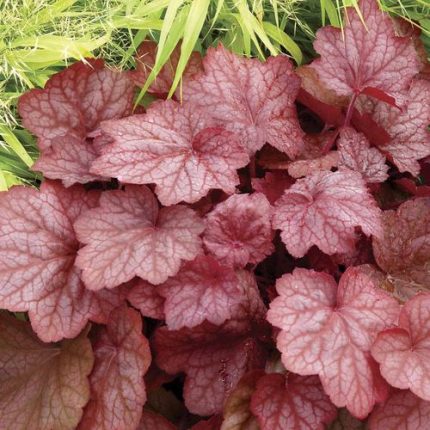
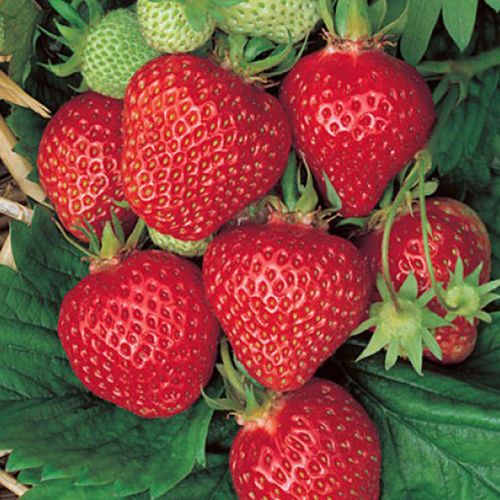
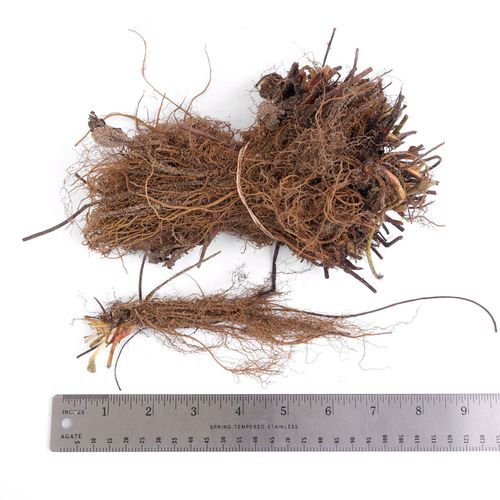
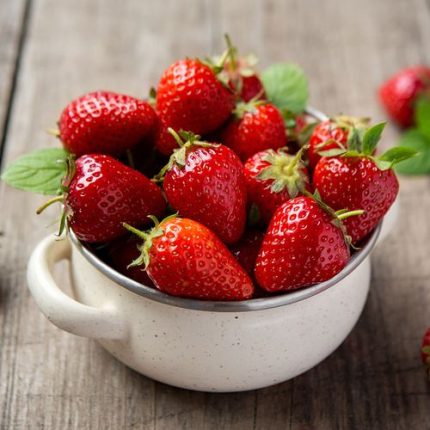
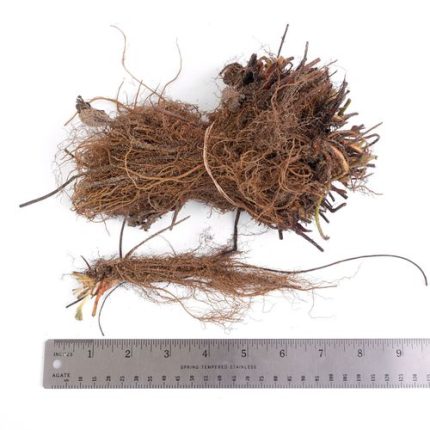
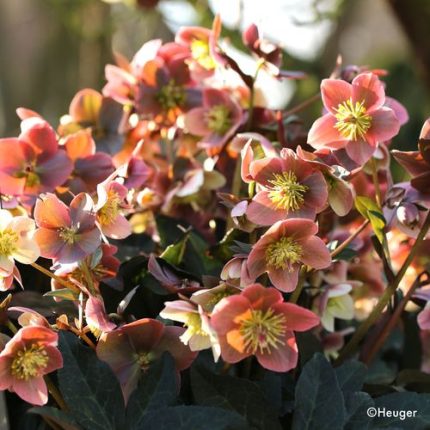
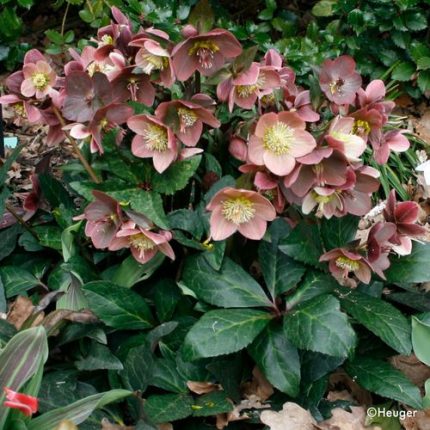
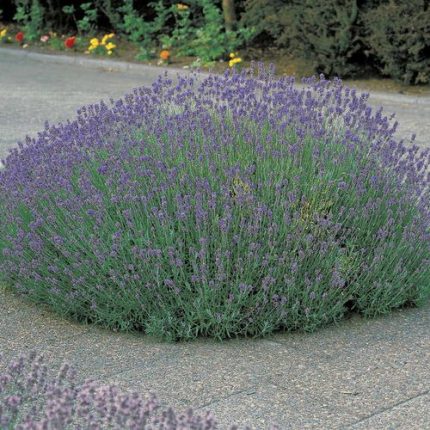
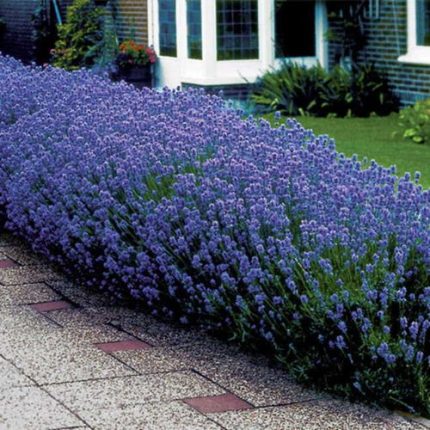
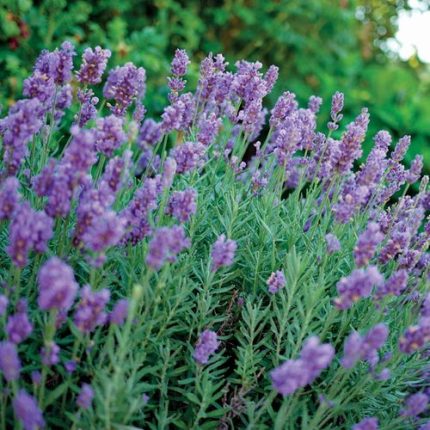
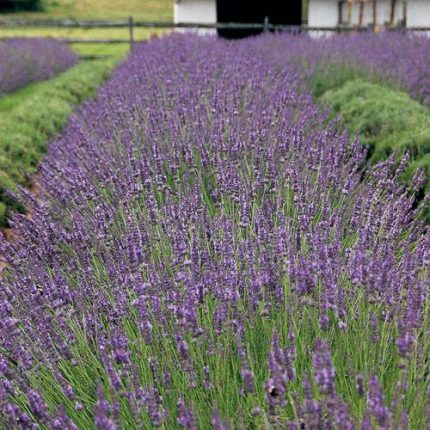
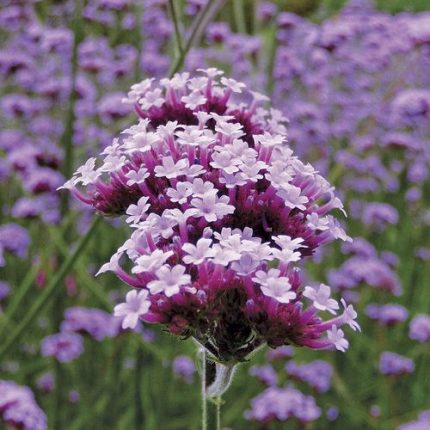
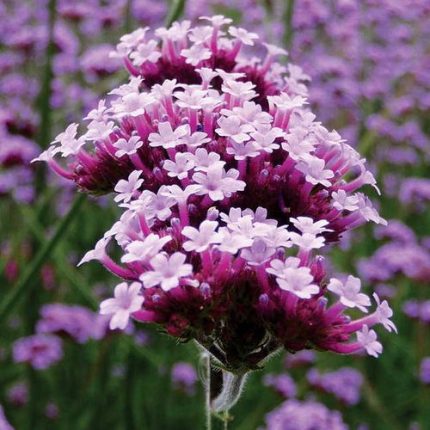
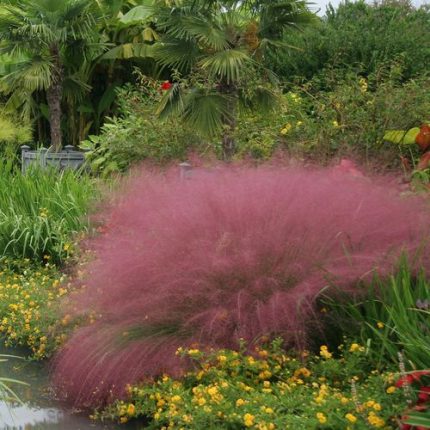
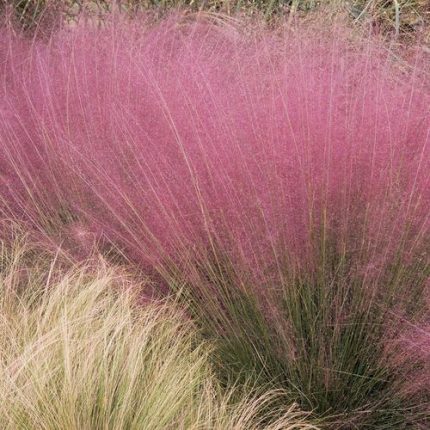
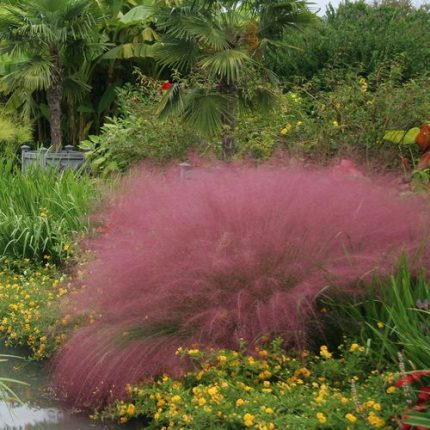
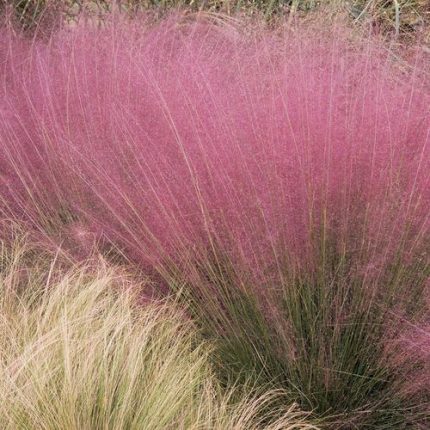
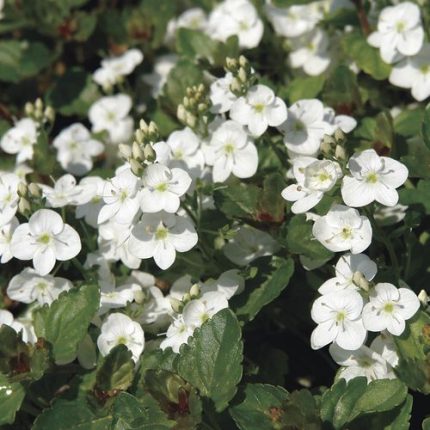
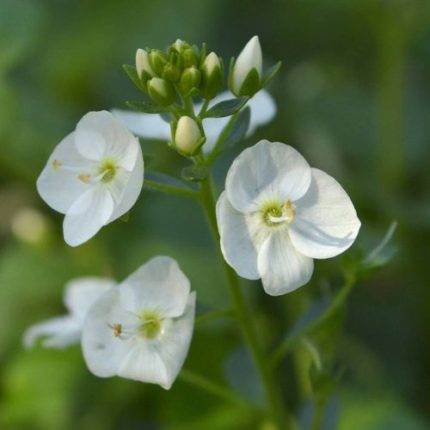
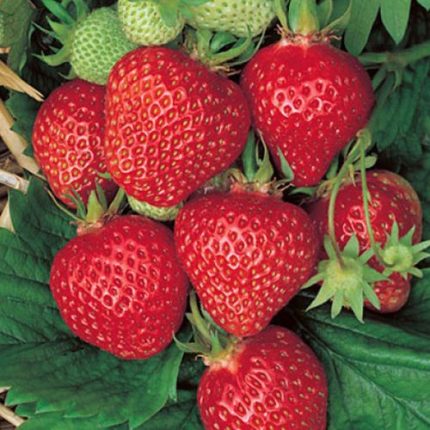
Reviews
There are no reviews yet.